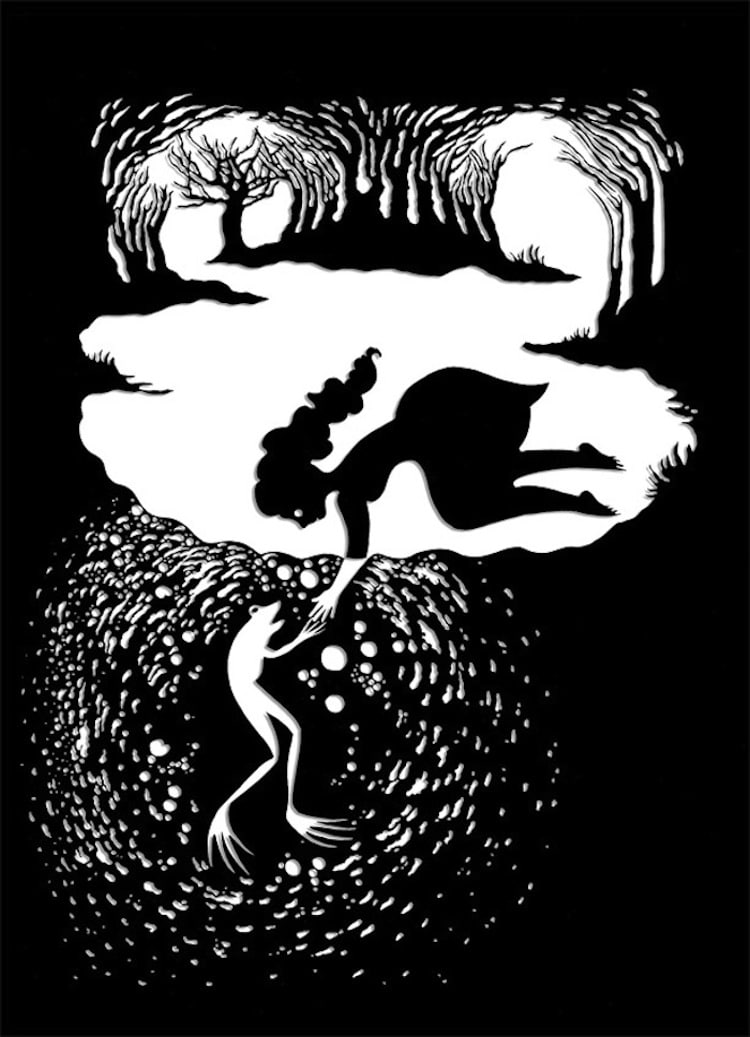
An example we might take for granted is paragraphs of text on the page. Proximity uses space to connect and separate elements by enclosing some elements in space. They form equally interesting shapes, and the viewer is left to find their own entry point into the composition.ĭepending on which relationship you set up and how you balance both figure and ground, you direct the audience to look at different parts of the design and interpret what they see in different contexts.įigure-ground is not the only gestalt principle in which space plays a prominent role. This creates tension, whereby either can overtake the other, leading to a dynamic design.Įlements can appear to be both figure and ground simultaneously. One or the other usually dominates the composition.īoth figure and ground attract the viewer’s attention equally. It’s clear what’s figure and what’s ground. There are three types of figure-ground relationships: Stable, reversible and ambiguous figure-ground relationships. The ground has become the figure and adds more depth to the design. This activates the space, making it appear to be sitting on top of the gray field. In the third panel, two of the black lines have been removed. Not only is the space gone, but the individual elements have become a single element. Removing the space (in the second panel) completely changes the field, rendering it as a solid-black shape. Together, the black lines and white space form a gray field, each contributing equally to the result.
#Positive and negative space drawing series
On the left, we see a series of black lines with an equal amount of white space between them. Jan Tschichold Figure-Ground Relationship (Image credit: “ Elements of Graphic Design”, Alex White)Ĭonsider the three panels in the image above. “White space is to be regarded as an active element, not a passive background.” It sets a context for how your design communicates and how it will be interpreted. Figure and ground can enhance or detract from each other, and organizing the two in relation to each other is one of the more important aspects of design. The figure-ground relationship is also complementary. Neither can be perceived except in relation to the other, and changing one is impossible without changing the other as well.

Everything in a design of yours will be seen as one or the other, and the relationship between them is mutually exclusive.

The gestalt principle that applies most to space is that of figure-ground. The first part covered an introduction to gestalt the rest of the series (including this post) will build on those gestalt principles and show how many of the fundamental principles we work with as designers have their origin there. This is second part of a series on design principles for beginners. To work more effectively with space, you must first become aware of it and learn to see it - learn to see the shapes that space forms and how space communicates.

The negative space of the canvas is just as important as the positive elements that we place on the canvas.ĭesign is an arrangement of both shapes and space. If you see graphic design as a process of arranging shapes on a canvas, then you’re only seeing half of what you work with. Make an effort to spend time observing how space is used in design! The first part covered an introduction to gestalt today Steven Bradley will build on those gestalt principles and show you how many of the fundamental principles you work with as designers have their origin there. Learn to see the shapes that space forms and how space communicates.

Design is an arrangement of both shapes and space.


 0 kommentar(er)
0 kommentar(er)
